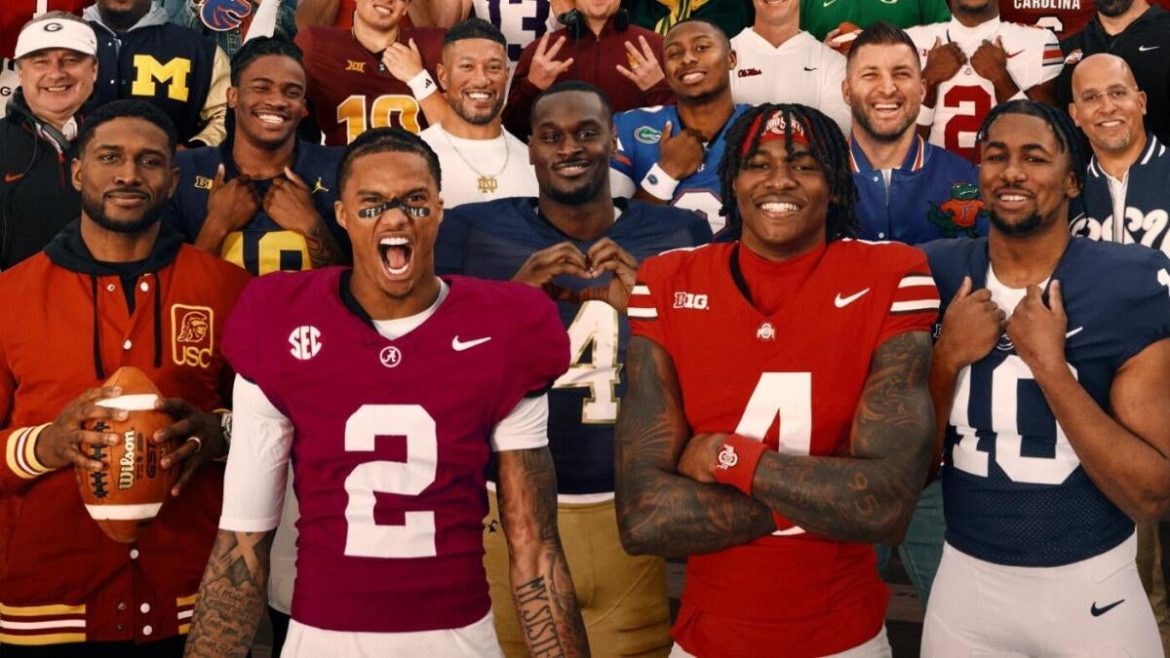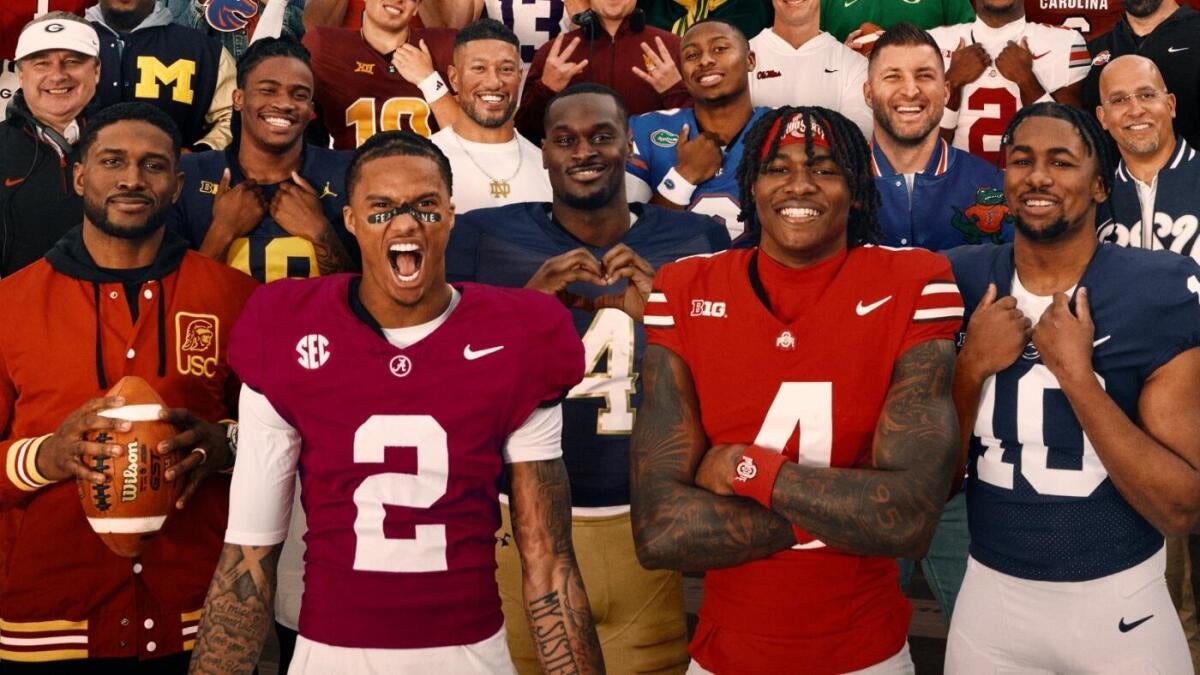The incoming release of EA Sports College Football 26 has generated widespread excitement, underscored by fresh cover athlete announcements and nostalgic nods to the franchise’s rich legacy. Scrutinizing the recent reveals, leaks, and fan speculation sheds light on the game’s marketing strategy, its connection to college football culture, and the potential impact on EA’s enduring dominance in the sports gaming domain.
Modern Face of the Franchise: Rising Star Cover Athletes
A defining feature of College Football 26 is the selection of two standout wide receivers—Ryan Williams from Alabama and Jeremiah Smith of Ohio State—as the standard edition covers. Their emergence as true freshmen making significant impacts aligns with EA’s apparent strategy to highlight dynamic, young talent who represent the future of college football. This choice signals the franchise’s intent to stay relevant and resonate with a new generation of fans by celebrating players who have demonstrated exceptional skill and promise early in their careers.
Featuring players from powerhouse programs like Alabama and Ohio State also taps into the enduring popularity and competitive prestige of these schools. By foregrounding Williams and Smith, EA Sports leverages current college football narratives and fan allegiances, likely boosting appeal to collegiate enthusiasts and gamers eager to step into the shoes of rising stars.
Honoring Tradition: Legendary Figures on Deluxe Editions
In addition to celebrating fresh talent, the deluxe edition covers prominently feature revered veterans such as Reggie Bush (USC), Tim Tebow (Florida), and Denard Robinson (Michigan). These athletes have previously graced earlier installments of the franchise, embedding themselves deeply in NCAA football lore and gaming history. Their inclusion is neither accidental nor purely nostalgic; it serves to bridge past and present, reinforcing EA Sports’ role as custodian of college football’s storied heritage.
Bush’s electrifying running style, Tebow’s dual-threat quarterback legacy, and Robinson’s dynamic playmaking have all contributed to the franchise’s identity over the years. By showcasing these icons alongside current prospects, EA generates a multi-layered appeal—honoring timeless excellence while inviting fans to explore new talent trajectories.
This blending suggests the deluxe edition aims to act as both a celebration of college football’s “legendary” status and an affirmation of the game’s continuing evolution. It may also reflect the “legends” modes teased in recent cover photoshoot leaks, hinting at expanded gameplay options that cater to a broad spectrum of fans.
Strategic Marketing With Leaks and Visual Hype
Photographic leaks from cover photoshoots, such as the empty Rose Bowl featuring over two dozen players, coaches, and mascots, indicate a sophisticated promotional campaign weaving anticipation and community engagement. The presence of high-profile coaches and mascots alongside athletes suggests potential new game modes or enhanced immersive experiences.
These leaks have stirred fan discourse and speculation, intensifying expectations around not just the cover stars but broader gameplay innovations. The strategic timing of multiple leaks and announcements over recent days maximizes visibility in a crowded gaming marketplace and capitalizes on college football’s seasonal momentum.
Franchise Revival: Testing Staying Power
References to the franchise’s historical cover stars such as Bush, Tebow, and Robinson evoke reflection on EA’s past successes and pose implicit questions about College Football 26’s staying power. After years of hiatus in NCAA-licensed football games, this installment represents a pivotal opportunity for EA to reclaim its position by delivering a product that honors tradition while embracing innovation.
This balance will be critical. The franchise must satisfy long-time fans craving authenticity and nostalgia while engaging younger audiences accustomed to fast-paced, feature-rich sports titles. Choosing wide receivers for covers represents a fresh visual direction—expanding beyond the historically favored quarterback or running back roles—potentially indicating a broader evolution in player representation and game dynamics.
Conclusion: Bridging Legacy and Future in EA Sports College Football 26
EA Sports College Football 26 positions itself at the crossroads of honoring a rich collegiate football legacy and embracing the future through emerging stars like Ryan Williams and Jeremiah Smith. By combining veteran legends with new talent on its covers, the franchise underscores its dual focus: celebrating the timeless excitement of college football’s past and harnessing the promise of its new generation.
Strategic marketing efforts, exemplified by deliberate leaks and high-profile cover athlete announcements, fuel community enthusiasm and set high expectations. The release will ultimately test whether this blend of nostalgia, innovation, and star power can reestablish the series as an essential experience for college football fans and sports gamers alike.
In essence, College Football 26 is more than a game release—it’s a carefully orchestrated homage to the sport’s heritage and a bold step toward shaping its digital future.





